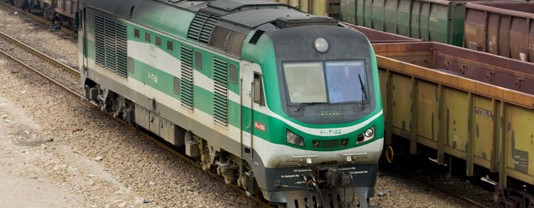We have already talked about the many rail projects being developed in the Middle Eastin previous issues. This time we took a plane and flew toTehran, capital ofIran, to bring you news of a really interesting though little-known situation. The Islamic Republic of Iran, despite the international political situation placing it at the centre of strained relations, is experiencing a period of great ferment and economic and social development in which the railways play a crucial part. The country, fully aware of its role as a link between East and West, is investing heavily in promoting and developing traffic corridors. Some of these corridors run between Asia and Europe while others guarantee access to the sea for those countries lying to the north of the Caspian Sea, especiallyRussia. In just a few years the Iranian rail network will double in size and vastly increase its transport capacity, also thanks to the massive input of modern technology. Thanks to the hospitality and cooperation of the Ministry of Roads and Transportation and the Iranian Railways, we were able to visit various facilities inIran, in particular the rail systems in Bandar Abbas and its port. A wonderful opportunity which gave us first-hand knowledge of the intense activity going on there, as well as an opportunity to find out about the extension and expansion projects currently underway.
But, as always, alongside its international features Railway Engineering brings you some articles dedicated to Italian excellence.
In this issue we give you an insight into the activity of the RFI (Italian Rail Network) in one of the most important regions of the country, Emilia Romagna, and theBologna hub in particular. Then we went to the beautiful city ofBrescia in Lombardy, about eighty kilometres east ofMilan, to look at the automatic light metro system which has recently celebrated its first year of operation.
Two sides of the same approach to rail transport: the latest in avant-garde technologies and an organization that places customer satisfaction as its goal for every activity.
A visit to the new central control facility in Bologna, which not only manages train traffic for the whole region, the high-speed network included, but also monitors the entire infrastructure, also thanks to the use of innovative devices such as the one which checks the condition of the locomotives’ pantographs while they are running at full speed, shows just how much RFI has invested in technological innovation over the last few years.
Equally interesting is to find out how Brescia, a city with just over 200,000 inhabitants has managed to build itself an ultramodern automatic light metro system – built by Ansaldo Breda and Ansaldo STS – refuting the idea that this type of transport system is unfeasible for cities with a population of less than one million. After a year of operation, the results are entirely positive, especially since the metro system has managed to convince a substantial part of the population who used to travel by car to switch to public transport.
We hope you enjoy reading this issue and that you find these stories as interesting as we do. As always, we look forward to bringing you more news fromItalyand around the world in two months’ time.
